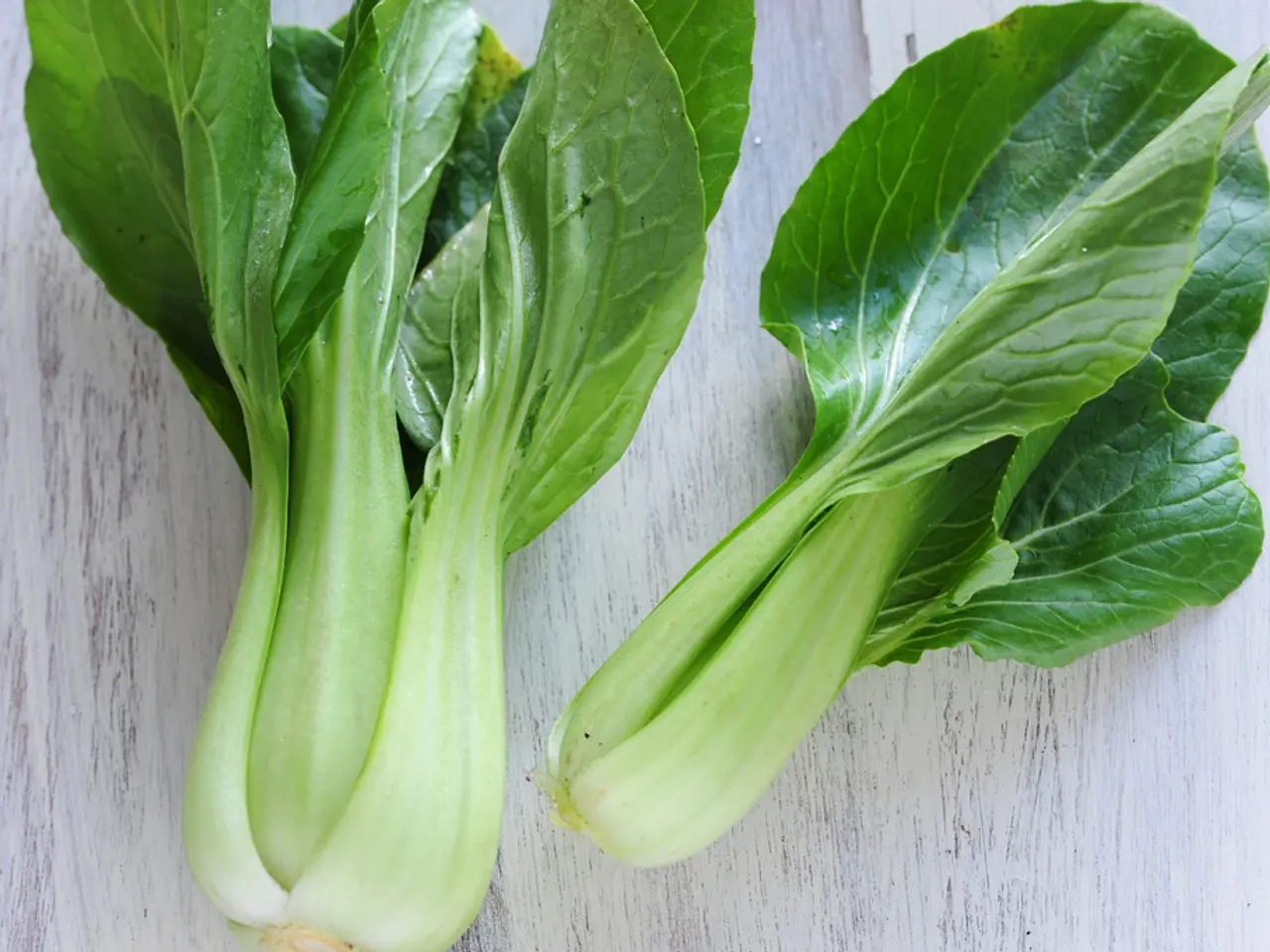Guide for Transitioning Land-Grown Plants to Aeroponics: Detailed Instructions
Transitioning plants from an aeroponic system to soil can be a delicate process, but with careful planning and attentive care, it's possible to cultivate healthy, thriving plants. Here's a step-by-step guide to help you make a smooth transition.
Plant Selection
Choose plants that are known for their ability to tolerate transplantation well and have robust root systems. Some examples include leafy greens, herbs like basil and mint, tomatoes, and strawberries. These plants adapt more easily from aeroponics to soil.
Preparation
Ensure that the roots are healthy and well-developed in the aeroponic system. Gently remove the plants, taking care not to damage the roots. Rinse the roots lightly to remove any growth media or root slime. If necessary, trim damaged or excessively long root hairs carefully to encourage new root growth.
Transitioning Process
Start by planting in a loose, well-drained soil mix with good aeration to mimic the aeroponic environment. Water the soil thoroughly but avoid waterlogging. Maintain high humidity and reduced light intensity initially to reduce transplant shock. Monitor plants closely, removing dying leaves and ensuring consistent moisture and nutrient supply.
Environmental Control
Gradually reduce humidity and increase light over several days or weeks as plants adjust. Avoid stress factors such as direct harsh sunlight or drought. Monitor for pests or diseases which may attack weakened plants during the transition.
Suitable Plants
While some plants, such as groundnuts, may have specific needs that make transition from aeroponics difficult, many common edible and ornamental plants adapt well to soil. Using a hybrid system, starting plants aeroponically for rapid initial growth and then moving them into soil beds for later stages, can optimize growth and yield.
Post-Transplant Care
Fertilization should be held off for a few weeks, then a diluted, balanced fertilizer can be introduced after a few weeks. Regularly water the plants for the first few days, ensuring the soil remains evenly moist. For the first few days, the plants should be placed in a location with bright, indirect sunlight. Gradually increase sunlight exposure over a week.
For tall or top-heavy plants, provide support with a bamboo stake or tomato cage. When easing plants into the transition from aeroponics to soil, reduce the strength of the aeroponic nutrient solution by half a few days before transplanting. Bottom watering can help the plants adapt to their new environment.
If the roots are entangled and the plant seems stuck, cutting some of the roots should be a last resort. After planting, the plant should be thoroughly watered to fully saturate the soil without waterlogging it. After transplanting, place the plants in a well-lit area for about a week, then move them to a sunny location. Avoid letting the soil dry out, as this can cause wilting and even lead to the death of the plant.
Using these guidelines and a careful, gradual approach, you can successfully transition your aeroponic plants to soil, ensuring a bountiful harvest and a rewarding gardening experience.
[1] Transitioning Aeroponics to Hydroponics: A Practical Guide
[3] Aeroponics vs. Hydroponics: The Differences and Similarities
[5] Aeroponics: The Future of Hydroponics?
- Embracing a holistic lifestyle, one might consider adopting health-and-wellness practices such as vegetable gardening, paired with fitness-and-exercise routines for a more balanced home-and-garden experience.
- As part of a commitment to sustainable gardening and a health-conscious lifestyle, cultivating a vegetable garden through the science of plant growth in soil could lead to improved fitness-and-exercise, especially when maintaining the garden involves physical activity.
- In addition to a vegetable garden, a home-and-garden sanctuary may include ornamental plants that appreciate aeroponic systems, providing a beautiful backdrop for wellness rituals and promoting a harmonious lifestyle.




